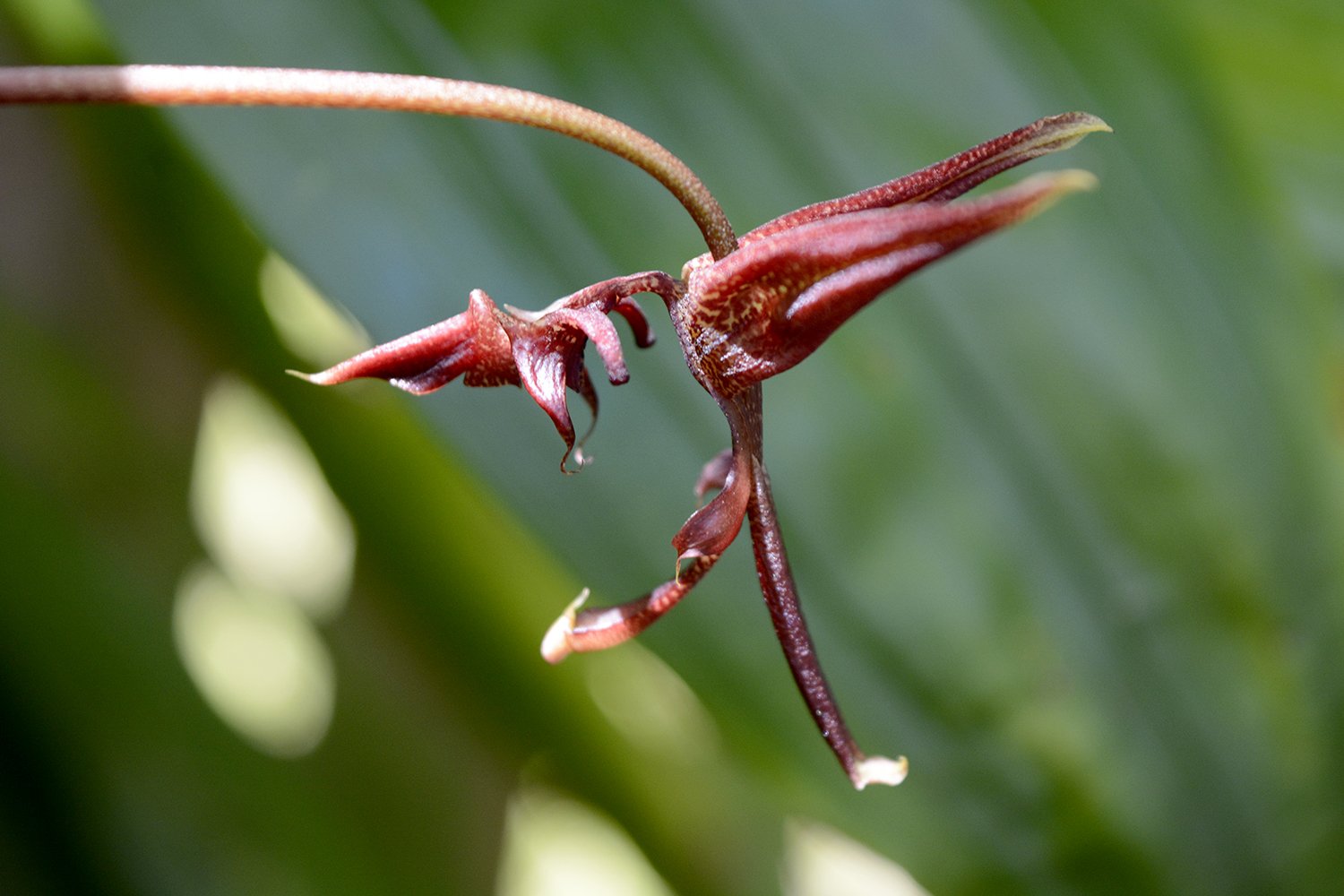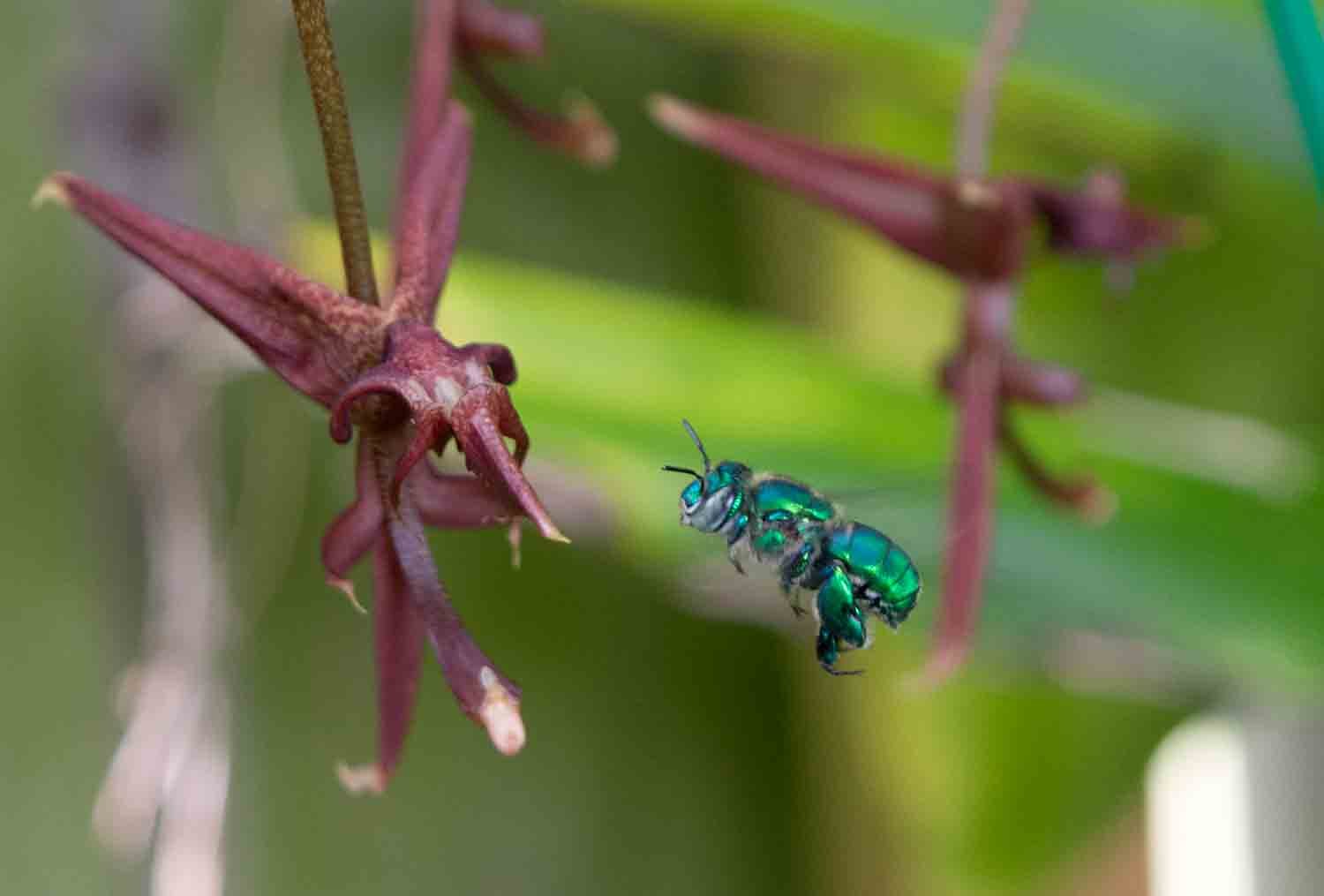Orchid Tricksters and Beauties
Orchids have achieved immense success as one of the most diverse groups of plants families on earth. They fascinate people around the world, inspire passionate collectors, beautify our world, and play tricks on their pollinators. One trickster behavior is also referred to as sexual deception and is defined as providing fragrance, pheromone mimicking odors, or shapes and colors that draw in pollinators, usually insects. These same orchids generally do not offer any kind of nectar or pollen reward—in other words they trick without the treat.
My lovely cattleya orchid
A central message of my book Scent: A Natural History of Fragrance is that flowers don’t make fragrance for humans, they make it to attract pollinators, fight disease, and protect from herbivores. Orchids make this point for me and show us that their investment in beautiful and unusual shapes, colors, and fragrance all serve to attract pollinators, not humans. There are orchids that mimic the shape of a female insect, sometimes inspiring copulation, which doesn’t serve the male insect at all, but the orchid flower manages to deposit its pollinia (pollen-containing organ) on the head, eye, or antennae of the insect before it flies off, hopefully to find another tricky orchid. This highly specialized type of orchid utilizes a strategy that requires some combination of shape, texture, and the ability to produce pheromones.
The story of orchid or Euglossine bees’ relationship to orchids is one of my favorites. Orchid bees are shiny little bees that are generally tropical in distribution and males respond to a variety of fragrances, gather scented compounds, and use them to make a perfume. Male bees will gather fragrance from a flower, often in the form of wax or resin, and store the fragrances in an enlarged pouch on its hind leg. As I watched the shiny blue bees gather around a Gongora orchid in my back yard, I noticed the shape of the flower was perfect for the bee to embrace the fragrant ‘heart’ of the bloom. When the time comes to attract mates, the male will land on an exposed perch and waft a fragrance on the air to attract females. Another Euglossine-attracting orchid from Central and South America, Coryanthes, has a large fluid-filled bucket that contains a fragrance to attract the bees. Once the bee enters the bucket, the orchid closes its petals over the bucket to trap the bee and force it into a tight escape path that goes directly under the pollinia. As the bee, hopefully, escapes, it carries with it the pollen from the bucket trap.
Bucket Orchid Coryanthes macrantha by Orchi via Wikimedia Commons
Surprisingly, bumblebees can occasionally be orchid pollinators. The story follows a similar orchid strategy: they produce flowers of a general shape and color that bumblebees recognize as a potential source of pollen but without reward. Not only do they resemble bumblebee attracting flowers, but they tend to mingle with these ‘magnet’ species which actually do offer pollen rewards to bumblebees. I found a photo of the orchid Calypso bulbosa taken by a National Park employee at Yellowstone National Park. You can see the nice fuzzy yellow nectar guide on a large landing site provided by the lower lip—perfect for bumblebee pollinators.
Calypso bulbosa photo from Wikimedia Commons by way of Yellowstone National Park.
The more I read about orchids and their many and varied strategies for success, the more I appreciate the hidden depths of adaptation and survival in these pretty yet fierce competitors and survivors.





